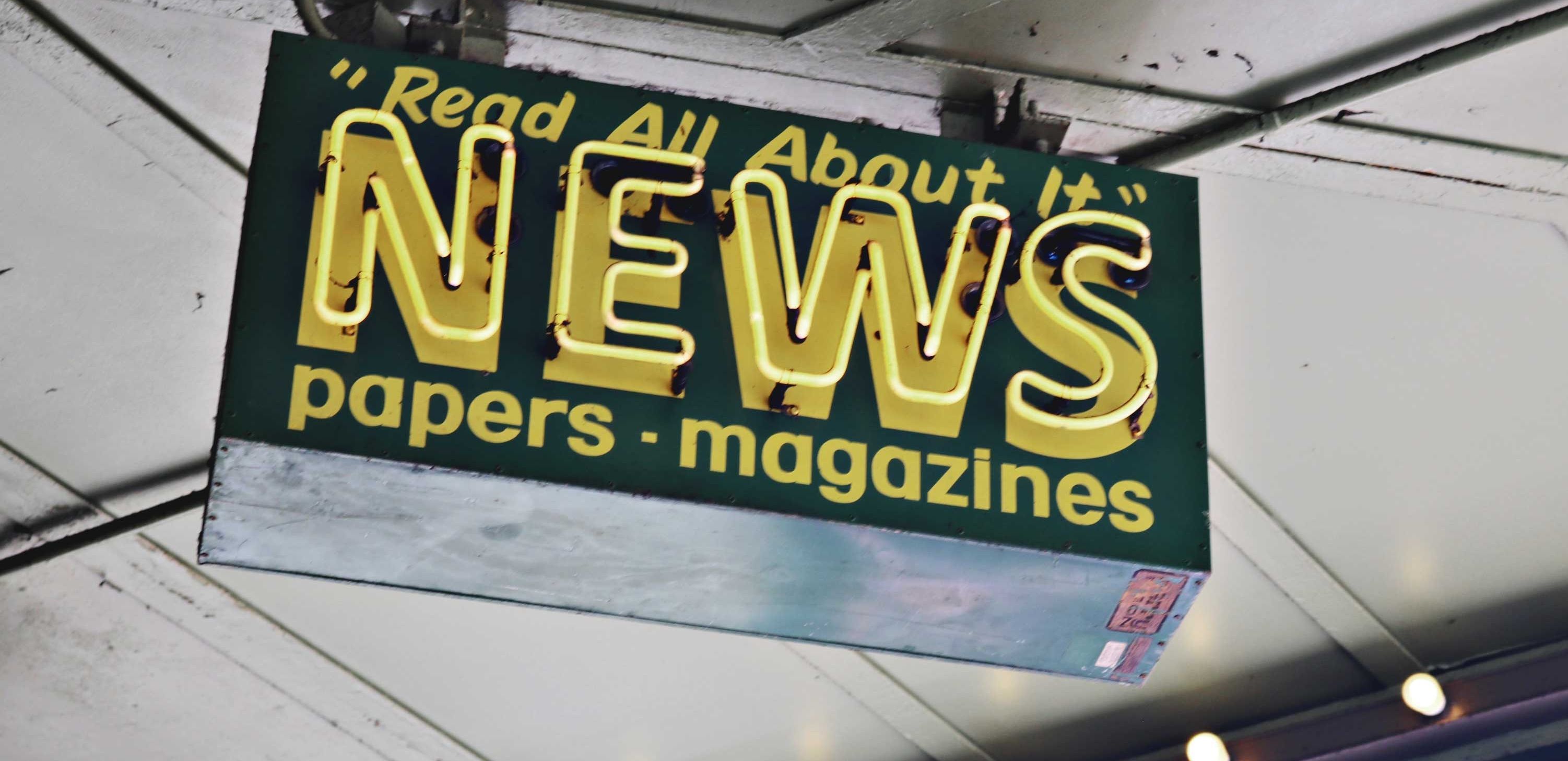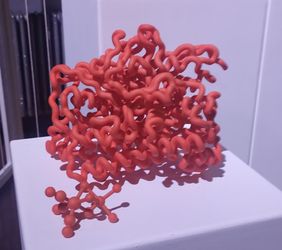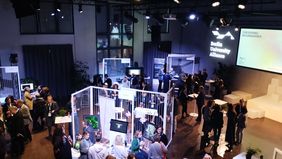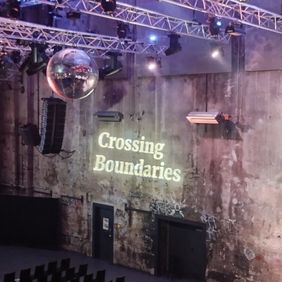On Wednesday, November 22nd, the Berlin University Alliance invited over 300 stakeholders from the fields of science, business, politics, civil society, and culture for a whole day of networking and discussions about the future of the scientific landscape in Berlin. The title of the evening was “Crossing Boundaries”.
All seven Berlin Clusters of Excellence had the chance to present themselves using objects that represent the cluster in their info booths. UniSysCat chose three objects to represent the three columns of research: biology, chemistry, and the historical and societal context in which all this science happens.
- Biology was represented by a 3D-printed model of the protein Hydrogenase, which produces Hydrogen in bacteria.
- An intricate laboratory setup represented chemistry. Here, hydrogen was produced in a photocatalytic water-splitting reaction (with Pt@TiO2 photocatalyst triggered by UV light) and immediately converted into energy that powered a small fan. This setup was designed and optimized by Dr. Michael Schwarze and the Master student Sunil Kwon. Research on catalysts like this serves as the blueprint for possible scaling up to full-scale photoreactors that could produce green hydrogen from water with sunlight energy.
- The last object was a slideshow by Benjamin Steininger, showing pictures that illustrate the complex history of catalysis research and its connections to various societal developments. This area might not be at the center of UniSysCat’s research, but we think that it is vital to see the natural sciences not separate from society but as a part of it.
Additionally to the info booths, there were a variety of talks and discussions in small groups about various topics like: How can global transformations be managed in Berlin - and from Berlin? How does Berlin manage to set new standards in open science? How does Berlin strengthen its visibility as an excellent global science location? How will our city manage to become a highly attractive destination for talented researchers from all over the world and at all career levels in the future? The evening ended with an innovative performance by a harp player who combined the music with Techno beats for a liminal experience.
Special thanks go to the great teamwork that made the UniSysCat info booth possible: Dr. Michael Schwarze, Sunil Kwon, and the team of the workshop at TU Berlin who custom-built the case for the laboratory setup as well as fixed a broken lamp in a heroic act at the last minute. Also, to Hagen Tschorn and the team of Canto Ing. GmbH for the quick and beautiful 3D print.





